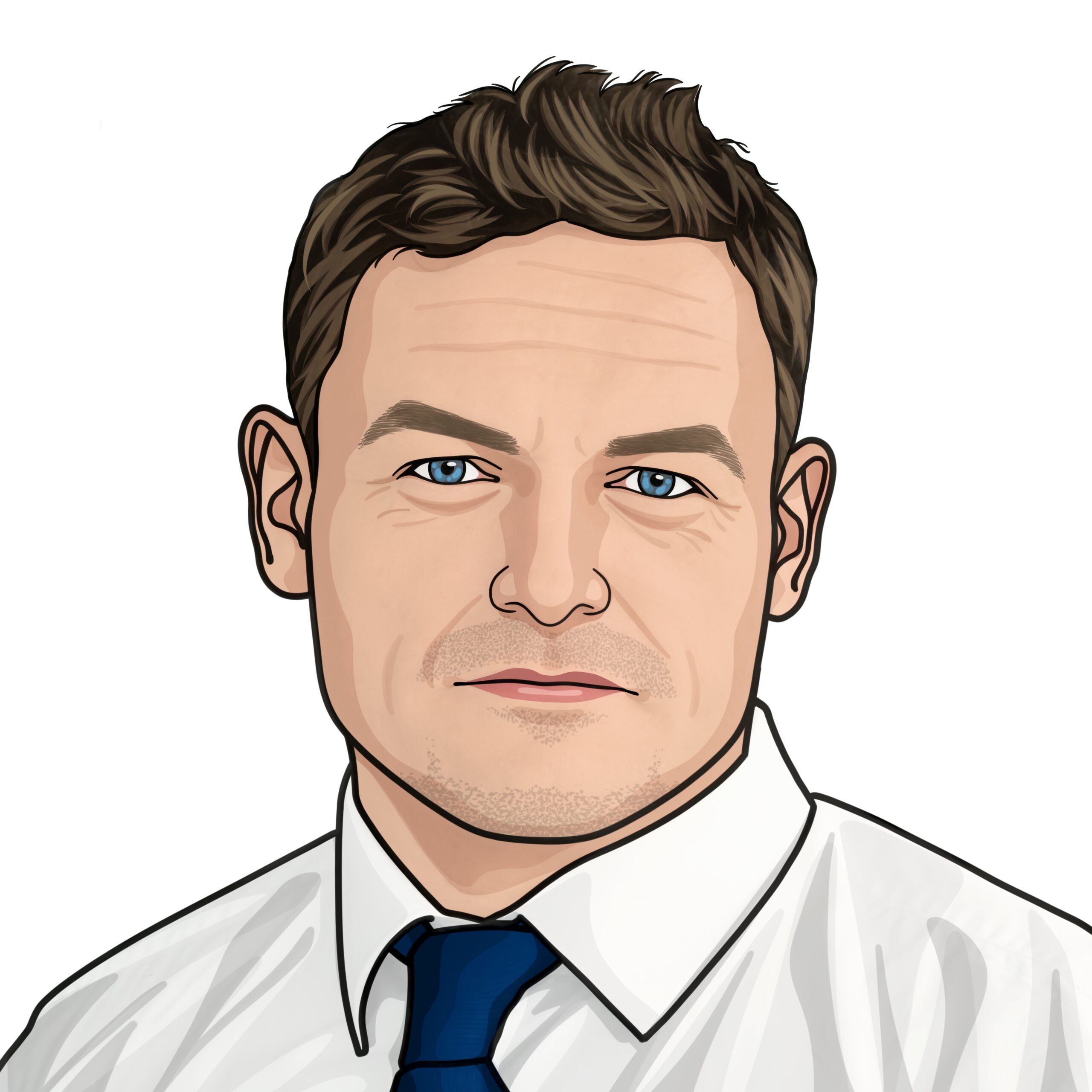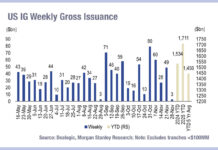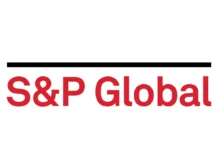The supranational, sub-sovereign and agency (SSA) bond issuers are expected to be the most forward looking issuer group in evolving primary debt markets.
The DESK spoke with Tim Armbruster, group treasurer and head of Financial Markets department, Gaetano Panno, head of Transaction Management at KfW, one of the largest issuers in the SSA sector, to understand the drivers of change, the potential impact on issuers and investors, and the process to implement revolutionary technologies in a secure and stable way.
The DESK: What is KfW is seeking to achieve in the way it issues debt to the market?
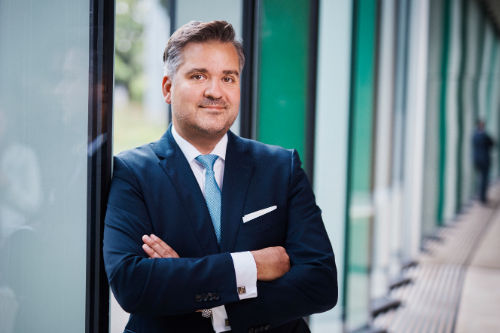
Tim Armbruster: We are the promotional and development bank of the Federal Republic of Germany, with a balance sheet of roughly €550 billion, and our model is a wholesale funding model. We rely on funding via the international capital markets and have close to €460 billion in debt worldwide outstanding. So, we have a very close ear on the market to see if there’s anything changing, because it could have immediate impact on us. If investors are moving or have new ideas about products or new technology for example, we need to be aware of that and ideally proactively react to it.
If we look globally, Hong Kong has seen large digital issuance there, in Singapore distributed ledger technology (DLT) in issuance is very advanced, and there are debates on the subject in the in UK, the US and in Europe, regarding competitiveness.
Europe and Germany have an extra motivator which is the demographic change, that can also translate as a future operational risk.
Technology can be one part of the solution to tackle this, with straight-through-processing (STP) which can be achieved with current technology. The important thing about DLT is its advantage with regards to information and media breaks because it transports the information as a golden source.
In this way DLT enables sharing of data sets and reduces transaction management and reconciliation challenges.
Furthermore, KfW is competing for future young talent, so our readiness for innovation impacts the attractiveness of us as an employer. If you do not have an attractive workspace, you don’t attract young people.
It also strengthens the competitiveness of financial hubs like Frankfurt, as we are in a competitive environment.
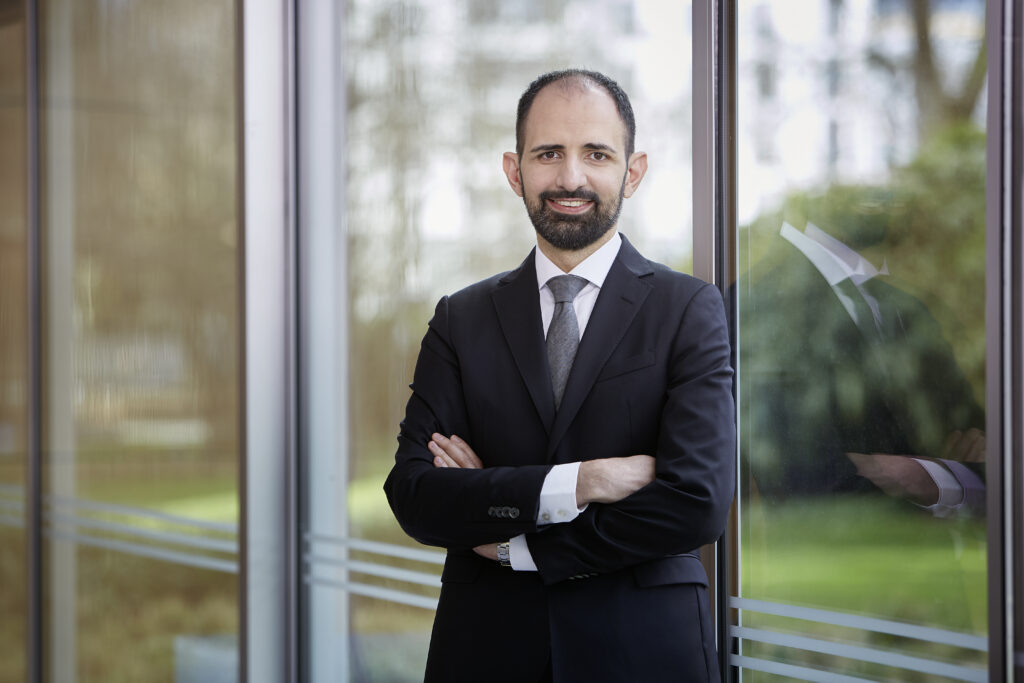
Gaetano Panno: Through this journey, we can close risks in the middle and back office in the issuance life cycle, and through our iterative development of minimum viable products (MVPs) we can identify new risks in a very early stage, then prepare and mitigate them when we scale things up. We started our journey with MVP 1.0 with the dematerialized bond and we then increased the level of digitalization from MVP to MVP.
TD: How would you characterise the issuance profile of KfW?
TA: In our peer group, that is below government issuer level, in the SSA space, we are the largest issuer relative to our peers such as the World Bank or EIB. We have a funding volume of around €80-90 billion a year. In 2025 it is expected to be a bit lower, up to €70 billion. In terms of diversification, the Euro market is our home market, followed by the US dollar market. We are active in up to 10 different currencies worldwide including the Australian dollar, sterling and some Asian currencies so we have a very diversified investor base.
TD: What does that profile look like to investors, compared with your peers?
TA: Fundamentally investors buy or invest in KfW bonds for two reasons. We have a AAA rating, due to the explicit guarantee of the Federal Republic of Germany and we issue liquid bonds that provide liquidity to secondary markets as well. Our typical issuance volume is between €3-6 billion, sometimes up to €8 billion, and in dollar markets between US$3-5 billion. Investors value this liquidity. You don’t need too much secondary market liquidity in good times, but it really counts in harder or bad times.
Our investor base – that is made up of central banks, official institutions, bank treasuries, asset managers, and pension funds value this. They like liquidity.
TD: How effective is your current issuance model in delivering what you need?
TA: It is very effective. Today we can issue a €5 billion benchmark in two hours. The question is, how long does it take to settle everything? Before Germany introduced the Electronic Securities Act, everything had to be physically settled in a note. That meant you had to bring 100 pages of a note to your custodian or central securities depository (CSD). The overall process took about five days, because it was not possible to shorten this due to the legal framework. We did our first DLT test in 2017 with our commercial paper (CP) programme. It only took a few seconds to issue the CP, but then for the next five years, nothing else happened, because as an SSA we needed a strong legal framework to be in place before we progressed further.
This changed mid-2021 when the German government and parliament introduced the Electronic Securities Act. It allowed the dematerialisation of the note for existing technologies like we have today, with, for example, Deutsche Boerse Clearstream. In addition, it enabled the usage of new technologies, such as DLT.
TD: Where are those opportunities for evolution of issuance coming from and who are they driven by?
GP: They occur especially for the middle and back office, stemming from straight through processing and the velocity we can gain. Another advantage is that life cycle events are set at the beginning of the process, which means the execution of the bond is determined by the digital rule sets. This is why we see the decrease of reconciliation efforts which helps the middle and back office to be much more scalable without raising the number of personnel. This is a great opportunity to scale the business without increasing associated risks. The opportunity here is to learn how scaling could work, whilst identifying associated risks.
This is a great opportunity for us, because of our issuance profile as Tim described. We are able to develop a digital business and offer that to the market.
My department is responsible for our trading systems. With this use of new technology which also involves the interaction between a number of new system providers, we are learning how they can be put together to create a new stable framework, from both an IT and trading systems perspective. There are a number of opportunities both from the markets perspective and with regard to the middle and back office.
TA: To make those points more tangible, we are still operating a minimal viable product at the moment – as opposed to a live system – because it’s not scalable at the moment. We are still in a learning phase, and it only fully works operationally if you deploy the technology from front to back, i.e. with both assets on the chain and cash on the chain.
We have learned, in our second MVP, where we connected everything, that the entire settlement cycle took less than three minutes where it had historically taken five days, that was quite fascinating.
Now, to roll this out in a larger form we need to have a clear framework for operations, and that’s why time and space to learn is very important for us as an organization.
TD: How would you characterise your approach to risk management?
TA: What differentiates us from some of our peers is that we as KfW Group are regulated by national banking rules and in the future, a subsidiary of ours is going to be supervised by the European Central Bank (ECB). With every new technology, there’s also new risk, so we need to be sure that we understand the right way to use it.
We are looking at a totally different market infrastructure, and taking the example of crypto securities, there are new roles being created. So we have to assess it from different angles, including business contingency management. While there are established players like CSDs, whom we know, there are also smaller new players, with fewer people, and we have to assess their resilience in the market. If you have €450 billion in outstanding debt, and systems that are 99.999% operative, any change should be done thoughtfully.
TD: We have seen digital issuance being addressed in the corporate sector, are you following those developments?
TA: Absolutely. The framing of our first transaction was that ‘KfW learns. Who wants to learn with us?’ When people buy KfW bonds they are looking for that triple A rating, so we invited rating agencies to look at our first MVP on issuances, and they said the rating was fine. In addition, we decided to issue our first Blockchain-based digital bond as a syndicated transaction.
We invited representatives of the four pillars of the German banking system, i.e. saving banks, cooperative banks, large banks and private banks. The biggest lesson for us in May 2023 when we all sat down together was that everyone had different interpretations of the technology and what is achievable with it. That was a very useful calibration phase, where we all worked on developing a tangible product.
The different banks then went to their respective investor bases, bringing together 110 investors of which about 10% ended up in the book.
Amongst the important lessons we took away, was why certain investors did not join the transaction. Importantly, we had an anchor investor, Union Investment, because in the product design we wanted to ensure we had a bond, which is desirable from an investor’s perspective. We also learned a lot in the dialogue with the regulator, BaFin.
TD: Where are partnerships helping with that evolution going forward?
TA: To make this technology scalable and useful for the market, we had to consider several angles. The first is the interoperability between different DLT systems. We don’t have a single highway yet and technology competition may lead to fragmentation, so we need interoperability.
The second is having both the asset and the payment side on the blockchain. Cash on chain is crucial for reducing counterparty risk. That raises the question as to where we stand with wholesale central bank digital currency (CBDC)? If you have CBDC, the technology can truly reach front to end, you mitigate counterparty risk, you can support secondary market liquidity.
If you have interoperability and CBDC as the foundation, then you need secondary market participants. You also need ECB eligibility. Currently, KfW Eurobonds are ECB eligible, DLT bonds, however, are not, given there is no level playing field between traditional and DLT-based bonds yet. This needs to change or to be adapted.
Finally, when looking at private and public blockchains, we need to consider how this affects the cost of capital under Basel III. We need to know that very early, because it affects the direction the market may take in terms of using a private or a public system, which is also important when addressing interoperability. Clearly, all partners are aware of this issue, including major industry players, the ECB and regulators.
TD: What is your vision for issuance in the future?
TA: To continue our learning journey, we need to address specific topics, such as secondary market liquidity, and in order to make further progress in our MVPs we want to tackle these open points in dialogue with the ECB, the Bundesbank and other market participants.
Then we need to see if we can bring more clarity and scalability to the newly forming DLT-based capital market; this is indispensable for evolving from a niche to a truly liquid market and a mature ecosystem.
We see encouraging developments with players like Deutsche Boerse, Euroclear, who are working on this technology, so we observe increasing synchronicity with important market players.
However, from a competitive point of view, there’s massive investment in DLT going on in the US and Asia. If we seek to make capital markets more effective and competitive in Europe, this technology can be an important part of the solution. And we as KfW want to promote this development as ardently and actively as possible.
©Markets Media Europe 2025

